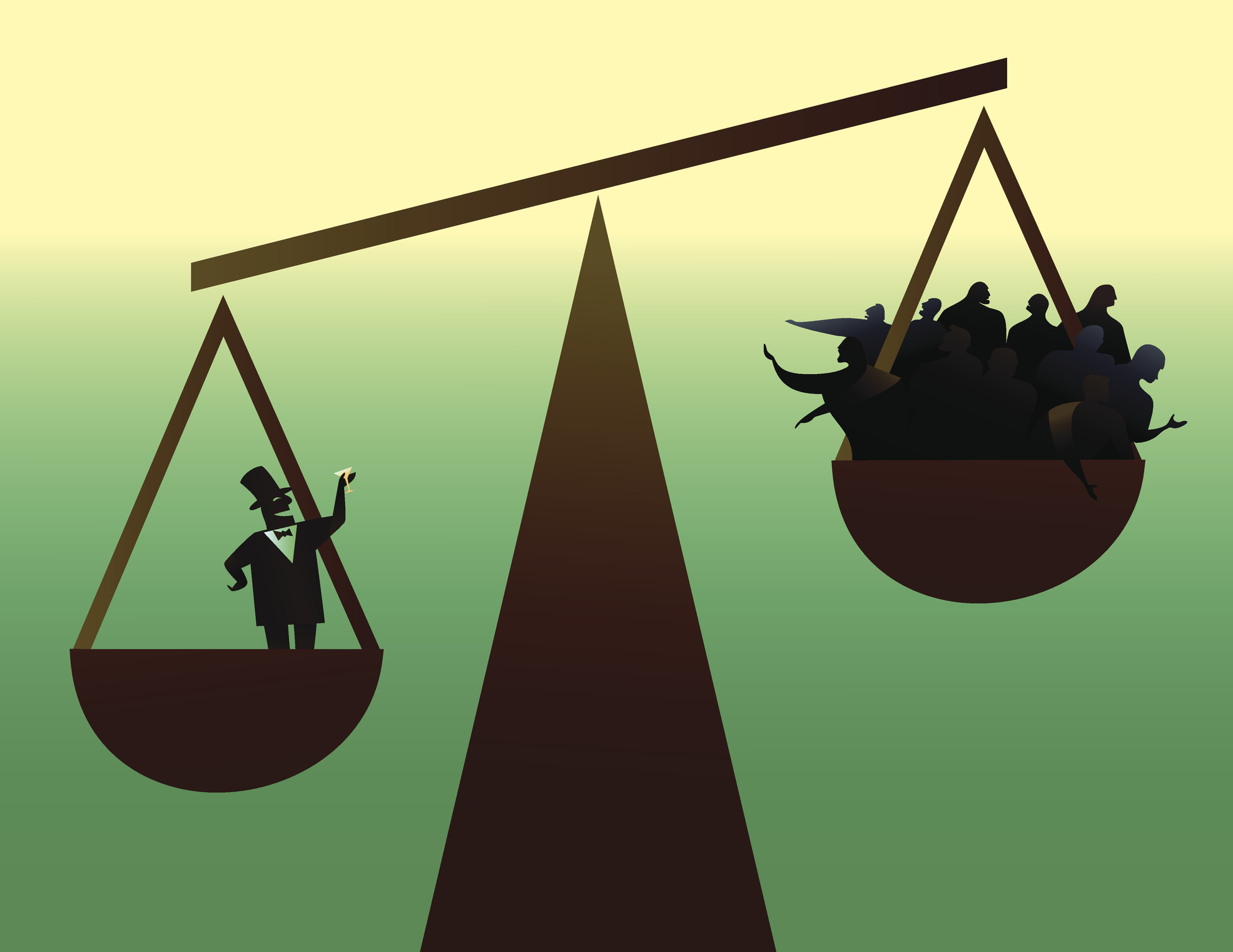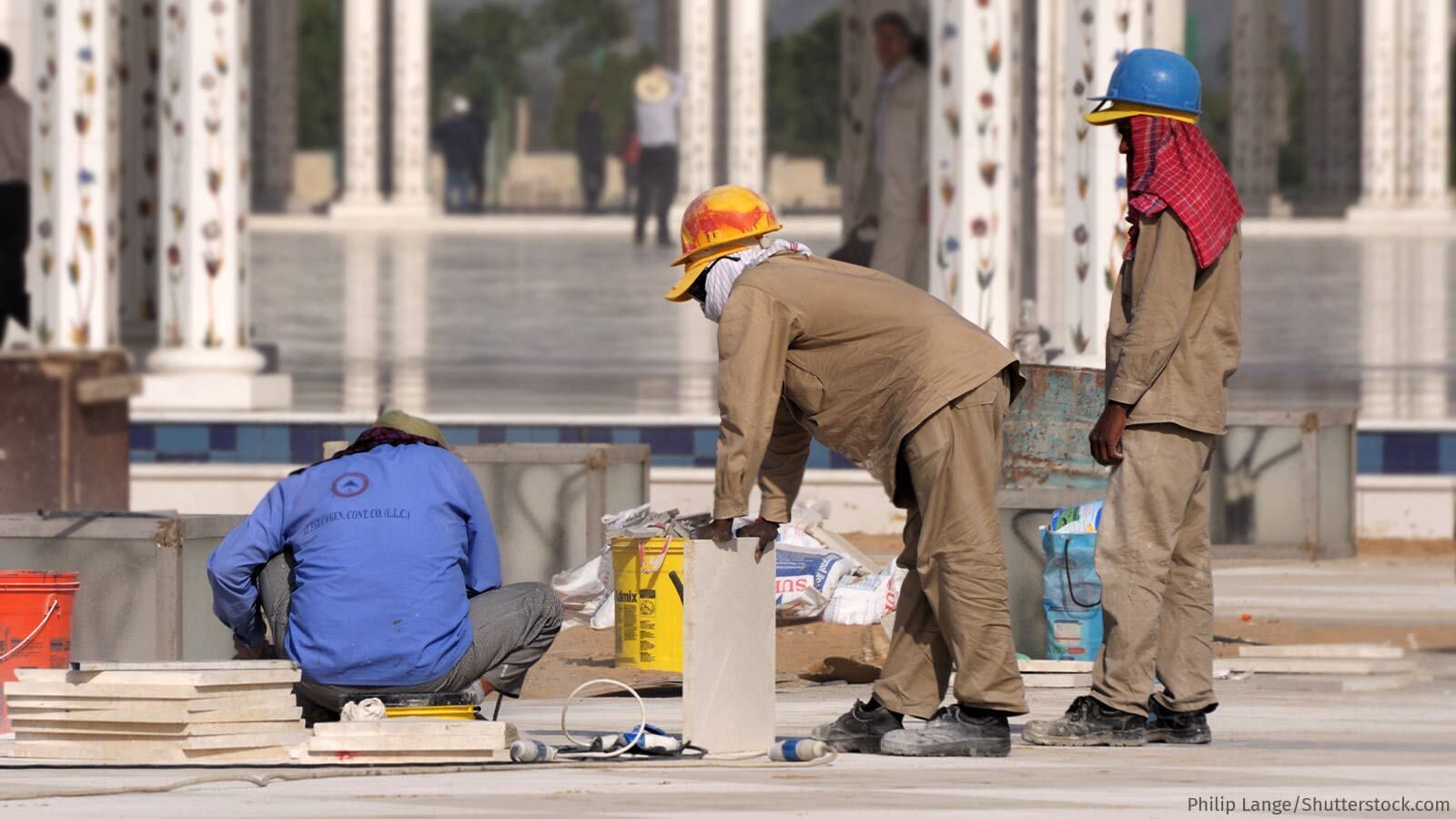India Wage Crisis: How Inflation Is Devastating Real Incomes
Unveiling the Alarming Gap Between Wage Growth and Inflation in India: Its Impact on Savings, Inequality, and Economic Growth

India wage crisis an alarming trend over the last seven years: nominal wage growth has lagged behind inflation. From ₹18,000 to ₹21,000 between 2017 and 2024, wage growth has risen by just 17%. Over this period, the Consumer Price Index rose by 51%—a readily accepted measure of inflation. This wage growth-inflation gap reflects a disturbing reality: In the face of real income stagnation, it erodes buying power and jeopardizes financial stability for millions of people.
Understanding Real Income and Money Illusion
To understand the depth of this problem, let’s first learn what real income is. While nominal income refers to the amount of money earned without adjusting for inflation, real income accounts for the purchasing power of that money in a given economic environment. For example, ₹21,000 in 2024 buys fewer goods and services than ₹18,000 did in 2017 because of the 51% increase in CPI. That is a perfect example of a money illusion, whereby nominal gains in wages create an illusion of progress while the real purchasing power is eroded.
The gap between nominal and real income growth has profound implications. Workers may think they are earning more, but this diminishes their ability to acquire necessities like food, shelter, healthcare, and education. It creates a feeling of pseudo economic security, leading to a generally low level of financial planning and increased fragility due to economic shocks.

The Decline in Marginal Propensity to Save
The stagnation in real income directly impacts the immediate effects, including a fall in the marginal propensity to save (MPS). With increased living costs and stagnant real wages, households have to spend more of their income on consumption. This means there is little room for savings or investments, two critical factors for long-term financial stability and wealth accumulation.
For instance, if the household had earned ₹18,000 in 2017, it could save ₹2,000 every month, as essential expenses would be met. However, if the same household were earning ₹21,000 in 2024, it might barely save ₹500, as goods and services cost much more now. This weakens the family’s financial cushion and denies them a chance to save for education, property, or retirement funds—all necessary tools for social mobility.
The Poverty Trap: A Perpetual Cycle of Inequality
Beyond the individual household, real income stagnation creates economic effects and is part of an even more significant issue known as the poverty trap. With increasing trouble in saving, workers can no longer invest in opportunities to improve their economic prospects. It is no longer possible to afford education and further upskilling, which can advance one’s career. Similarly, the inability to buy assets such as real estate or stocks continues to fuel economic inequality because wealth creation is concentrated among asset holders.
The poverty trap is a social concern and a macroeconomic challenge. When a large proportion of people cannot participate in wealth generation, economic growth becomes slow, and inequality increases. In this way, stagnant wages and the rising inflation rate create a feedback cycle by reinforcing one another, causing workers to become trapped in financial insecurity.
Wealth Transfer from Earners to Asset Holders
Macro-economically, the aspect that wage growth trails inflation automatically draws wealth from wage earners towards asset holders. Inflation eats into cash savings and fixed incomes, benefiting those holding appreciating assets in real estate, stocks, and commodities. This widens the wealth gap between the working class and the well-to-do, leading to higher economic inequality.
Think of a worker, in 2024, earning ₹21,000 per month but unable to save for the future because the cost of living is too high. Meanwhile, an individual investing in real estate or the stock market sees an increase in wealth in real terms. Over time, such a difference leads to a big gap between the wage earner and the capital gainer and further entrenches economic inequality.
The Broader Implications for Economic Growth
Real wages are generally stagnant, which tends to depress the economy. This means lower disposable earnings, which again affects consumer spending. Consumer spending, however, remains one of the primary forces of economic growth. Again, this hurts the company in the long run since investments have been reduced, and fewer new job opportunities are generated. A low savings rate will also curb capital growth since capital is the core for infrastructure finance, technology progress, and any other form of long-term investment in economic activities.
Furthermore, the erosion of purchasing power leads to social unrest and political instability. Rising costs and stagnated wages begin to pinch many people, creating a sense of discontent with the policies designed to bring about economic improvement. Governments face pressure to act, such as providing subsidies, wage hikes, or monetary easing, which sometimes yields mixed results and unintended effects.
Potential Solutions to Address Real Income Stagnation
Addressing the issue of real income stagnation requires a multi-pronged approach involving policymakers, businesses, and workers. Some potential solutions include:
- Indexing Wages to Inflation: The government and the business community may index wages against inflation so that people’s purchasing power remains intact. The minimum wage might be adjusted every period against the change in the CPI.
- Encouraging Skill Development: It includes educational and training programs that urge people to move into better-paying jobs and industries. Collaboration between the public and private worlds can make the programs meaningful and available.
- Promoting Financial Literacy: Workers will be made soundly regarding savings, investments, and expenditures. It will make them aware of the risks associated with money illusion and the value of real income.
- Tax Reforms: Progressive tax policies reducing the burden of low- and middle-income groups while capitalizing on taxes through effective taxing of capital gains could help curb income inequality.
- Encouraging Asset Ownership: Such policies may include affordable housing schemes and incentives to first-time investors since the wealth gap may be reduced if working-class people have their assets.
Conclusion: India Wage Crisis
The disturbing fact that real income is stagnating in India indicates an urgent need for systemic reforms to save workers from the eroding effects of inflation. Reduced purchasing power is a serious condition if nominal wage increases are a terrible indicator of reality, promising much but delivering little more than a phantom sense of moving forward. If they cannot save or invest, millions of workers may face poverty, inequality and stagnation.

Policymakers, businesses, and individuals must work together to remove these challenges. Measuring wage growth with inflation and increasing financial literacy while propelling skill development will bring India closer to its goal of having an equitable, prosperous future. When the underlying cause of stagnation in real income is identified and addressed, the economy can be genuinely allowed to work for everybody and not only the privileged ones.




